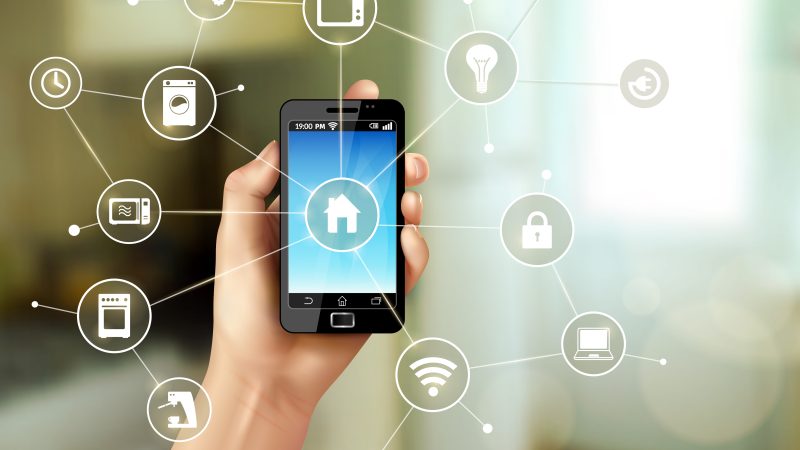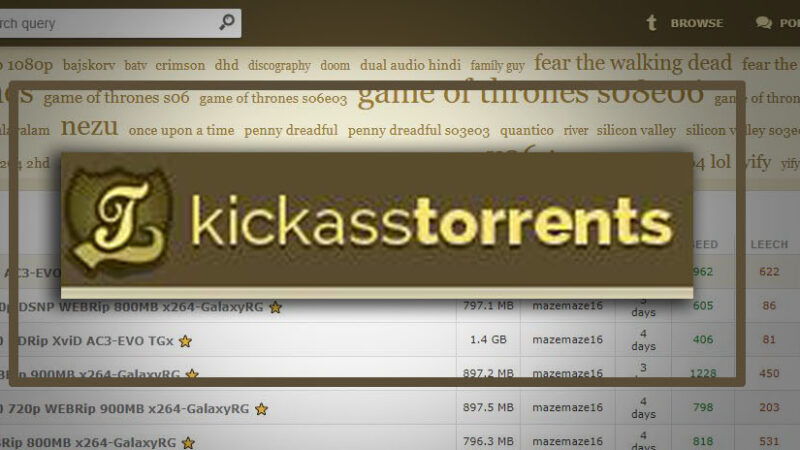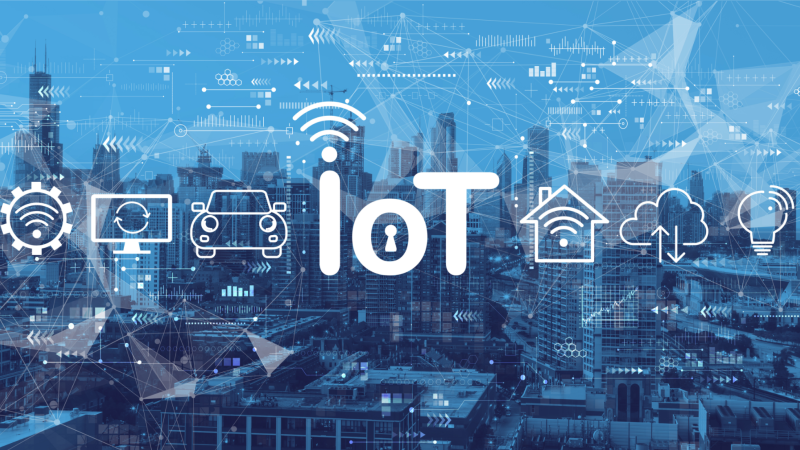What are the Challenges in IoT Application Development ?
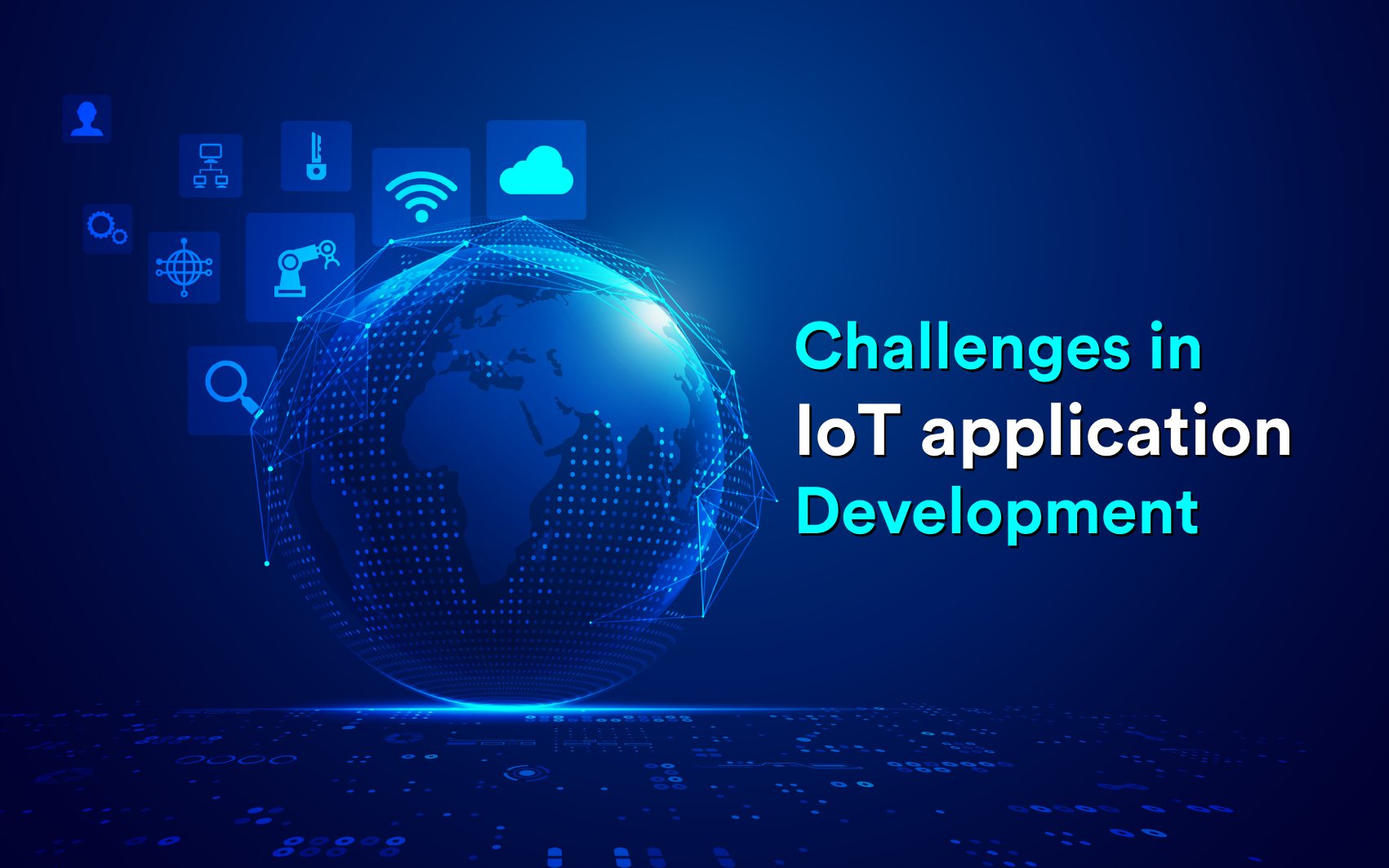
Almost every real item may be transformed into an IoT device. However, it should be able to transmit information over the internet.
An IoT device is a lightbulb which can be lit up with a smartphone app. We are well acquainted with our very own google assistants, Alexa, etc. This is just like a motion sensor or a linked streetlight. An Internet of Things device may be as frivolous as a kid’s toy or as severe as an autonomous truck. Let us have a quick brief of what IoT actually is.
The Internet of Things or IoT is a prominent idea in mobile software development. Internet of Things solutions ease our daily lives. Receiving, sorting, and processing of data can be done easily using specialized electrical equipment. One can use sensors, chips, video cameras, measuring devices, etc.
Challenges in IoT Application Development
Because of the high demand, competition among Internet of Things or IoT startups and development firms is at a crucial stage. Because of this, as well as the absence of widely recognized standards, programmers are always on the lookout for new techniques and updated protocols. It is only possible for a methodical approach to resolve each IoT software problem that results in effective development.
● Considerations for Operating Systems
Several technological aspects should be carefully addressed before beginning the creation of an IoT application. First, the team must assess the IoT devices with which they will be working. IoT devices, in comparison to conventional desktop computers, are much less powerful and have much less memory capacity. This implies that the developers must choose the appropriate operating system. It should be compatible with the device’s capabilities as well as the needs for its functioning.
According to the most recent IoT Developer Survey, Linux is the best option for IoT microcontrollers, limited devices, and gateways.The Linux operating system dominates the gateway OS market. The popularity of Embedded Linux is due to key platform features like dependability, support for low-energy and high-speed embedded devices and configuration.
-
Selecting Gateways
Selecting gateways is another challenge in IoT application development. When it comes to IoT gateways, they are the key to linking all of the components. Different devices may use varying connection protocols. Wi-Fi, bluetooth, serial ports, and Zigbee, as well as having different energy profiles are a few examples. Gateways are situated between connected devices, IoT sensors, and the cloud, thus they are critical to the whole IoT ecosystem.
Modern intelligent gateways from Dell Technologies, Intel, Nexcom, and other leading suppliers all include certain essential characteristics that make the life of developers simpler. You need to choose the one that matches your IoT application needs. You must examine the interface and network requirements, power rating, memory capacity, development environment, and other factors. By default, devices should be able to communicate in a secure, private, and trustworthy manner.
● Selecting the Best IoT Platform
No rational developer wants to create the software from the ground up. Why redo the wheel? That is where IoT platforms come in since they provide a set of tools for connecting your physical items to the internet. The platform market is vast and perplexing, so make an informed decision. Your chosen platform should have the following features so that you can avoid the challenges in IoT application development:
- connectivity
- security
- scalability
- simple incorporation
- usability
IoT developers should keep in mind, however, that systems which are ideal in the case of smart factories might not be compatible with linked vehicles or energy consumption solutions. Some businesses even opt to put up a real-world testbed using actual data from the manufacturing process to choose the best platform.
● Safety and Security
There is no security in IoT. This technology contains a plethora of linked devices. Thus, hackers have several targets to search for weaknesses. This is one serious challenge in IoT application development. Not all the network’s devices have been properly examined for infiltration. And now the whole system is in jeopardy.
According to Gartner, IoT will account for 25 percent of all detected corporate threats by 2020, yet only 10 percent of IT security resources will be allocated to defend systems from such attacks.
There will be a continuous rise in cyber assaults. This means that security will be a major issue for IoT developers. The degree of protection is mainly determined by how much the business is willing to spend on security expertise at the idea stage. Use the following to minimize the risk of assaults and unauthorized access:
- SSL (Secure Sockets Layer) or TLS (Transport Layer Security) encryption protocols
- VLA isolated
- Separate corporate VPN
- Current anti-virus software and up to date
- End-user along with authentication from machine to machine are possible.
- Frameworks for web development and design that have been thoroughly tested
Existing methods of protection and control in enterprise security architecture should have been modified by yesterday to meet the new demands of IoT today. You have been forewarned.
● Convenient design
Nobody wants to read the instructions to update a wristwatch, so consumer IoT applications should be design-driven and as easy as workable. User-friendly design is particularly essential for industrial IoT companies, which should focus on data visualization and quick decision making. Because every device, object, and person in the IoT process communicate with one another, close collaboration between IoT developers and designers is required to ensure:
- Authentication that is both secure and simple
- The transition between devices and platforms is seamless.
- Personalization of the user experience and adaptation of goods to behavioural patterns.
- The whole IoT system operates in a unified environment.
● Complete Quality Control
Another challenge in IoT application development is quality assurance. Because IoT devices are utilized for more than only temperature control in warehouses, but also insulin pumps, testing should be very comprehensive. Any little problem has the potential to be fatal.
Include security testing from the outset of the iot software development process. Look for modules that do not need testing with each release to streamline the process. Find the procedures that have previously been subjected to security testing and will stay unaltered for the foreseeable future.
Along with security testing, usability and compatibility should be ensured. It is also a good idea to provide technical assistance once the project has been released.
● Cross-Platform Implementation
The last but certainly not the least challenge in IoT Application development is cross – platform implementation.The Internet of Things ecosystem comprises devices with various designs,operating systems and protocols. Considering these factors, they should be compatible and able to operate in tandem. As a result, the Internet Engineering Task Force (IETF), the Institute of Electrical and Electronic Engineers (IEEE), and other respected organizations developed open standards and architectural models for cross-platform deployment. These are updated regularly and IoT services should make use of these best practices to guarantee linked communication.
Summary
Despite the increase in the usage of IoT over the past several years, Internet of Things software development still has several challenges in IoT Application development. Having said that, a developer must have awareness of the difficulties and be prepared to work on them to establish themselves effectively in the market.
About the author: Rachita Nayar
Rachita Nayar is a professional writer. She has a penchant for writing and is involved in many projects throughout the world. Currently, works with a blockchain development company in the USA that gave her this opportunity to explore the domain and hone her skills further by learning about blockchain and spreading the knowledge.

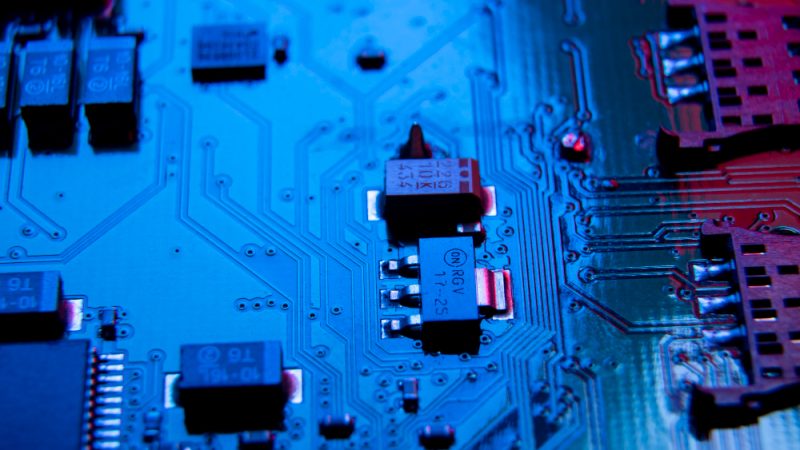
![Putlocker Proxy | Putlocker online Alternatives Sites [100% Working] Updated List](https://technonguide.com/wp-content/uploads/2020/07/putlocker-800x450.jpg)
